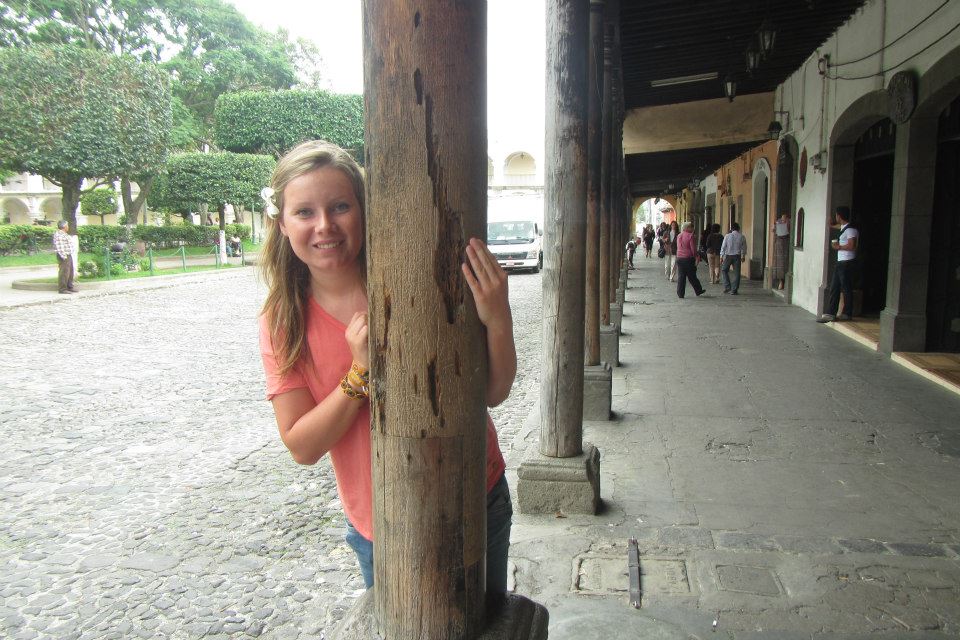
MY MAYAN ADVENTURE
How I travelled through Guatemala in a sustainable way
My tilt towards sustainable travel goes way, way back. In fact, I think it was my first real backpacking adventure at merely 20 years old that shaped a lot of my views on tourism. This blog is a nostalgic retelling of that very significant trip.
Mindful lodging
It was the summer of 2012 when I got to experience first-hand a very authentic homestay project in Guatemala, thanks to Planterra, an organization that designs and supports community-owned enterprises to encourage responsible tourism.
The Posadas Mayas Community Homestay Project in Lake Atitlan, Guatemala, is an awesome example of a social enterprise that concentrates on building local capacity. Through its training programs and small business grants, the small village of San Juan La Laguna is connected to the tourism market. How can travellers, such as myself, help? Well, simply by being there. If you use the homestay for accommodation, the project continues to grow and provides opportunities for more families. And that’s precisely what we did! What better way to kick off our Mayan adventure?
https://www.instagram.com/p/x4FTuIC32Q/?taken-by=travelrebel.be
Crazy commute
After enjoying a delicious breakfast at Cafe Barista in Antigua, my travel companions and I hopped onto the first chicken bus of the day headed towards Chichicastenango. Luckily, this vehicle wasn’t too cramped and didn’t move at a breakneck speed. It dropped us off at an unpleasant place reeking of dirt and pollution, from where we jumped onto the second chicken bus. This time around, we were less lucky. It was so crowded that there was only space to use less than half of a seat per person – I was actually amazed at how many people can fit into a single vehicle!
And… that wasn’t even the worst part: as the bus lurched forward at full speed on the hilly terrain and took jarring turns, we almost had quite a dangerous accident. Despite that, there was no slowing down, so we clung on for dear life. During all of this, a child even crawled through the open window and onto the roof (yeah, I can’t make this stuff up!) and seconds later, some luggage dropped down, smashing a window. Glass was everywhere, including on me.
Chichicastenango
We finally arrived in Chichicastenango, still alive… phew! This charming cobbled town with red roofs is actually home to one of the most vibrant markets in all of Central America. So, naturally, the first thing I did was buy handcrafted scarves and a traditional doll for my godmother to use in her class (she is a kindergarten teacher).
Sustainable travel tip: Purchasing directly from artisans who are skilled in traditional crafts is actually great for sustainable travel. In this manner, you can play your part in preserving these crafts, which solidifies a community’s identity. This, in turn, gives visitors a more authentic travel experience, so win-win! Oh, also, this type of support is especially beneficial for women because handicrafts and other tourism-related services are often their only formal way to earn a livelihood.
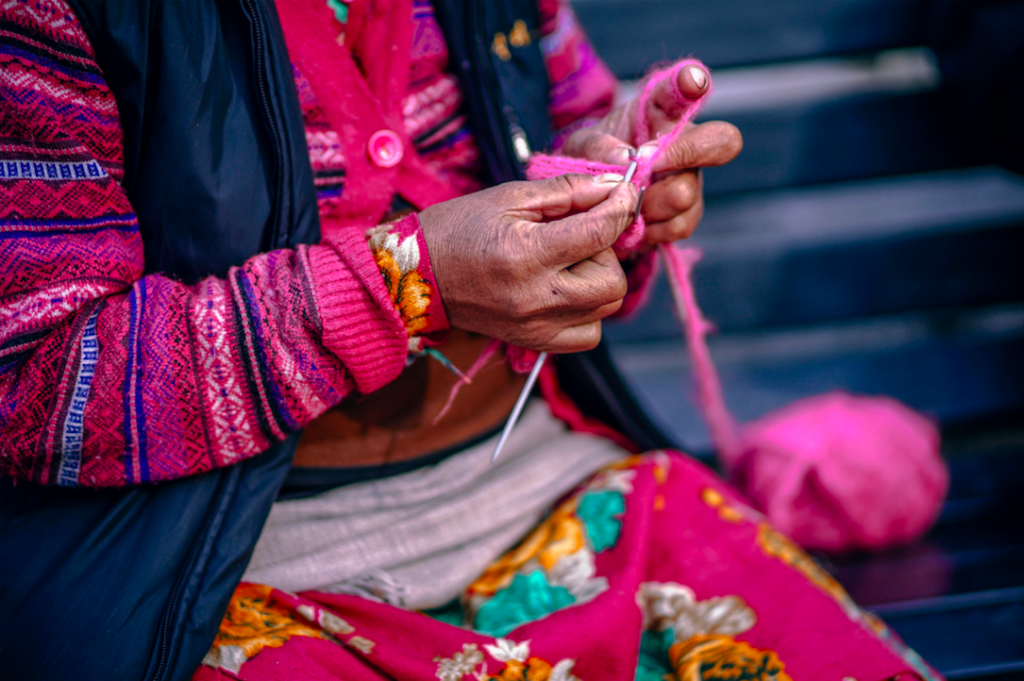
Panajachel
After Chichicastenango we drove to Panajachel in the Guatemalan Highlands and spent the night by the edge of Lake Atitlan. It’s unlikely that you’ll have trouble finding a suitable place to stay here, especially if you search on Booking.com.
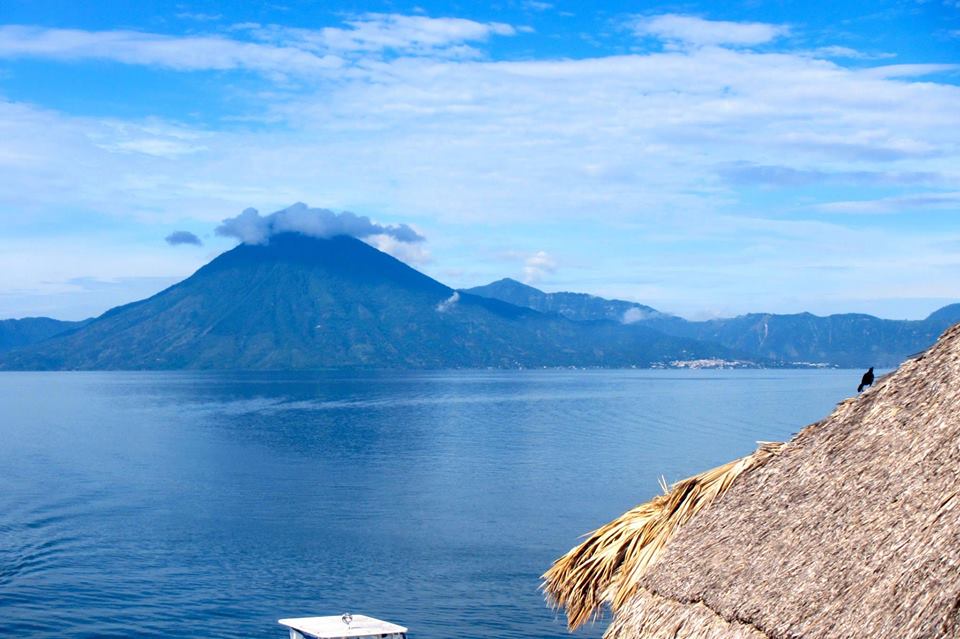
Here, too, we went shopping and ended up having a better retail experience than that in Chichicastenango, where beggars and ware peddlers had approached us non-stop. In Panajachel, the goods seemed better and the markets were definitely less crowded. Overall, it was a much calmer and more pleasant shopping space.
Sustainable travel tip: Giving money to beggars, whether they are adults or kids, isn’t advisable because it leads to dependency (try not to give them candy either, because teeth decay is a problem). The children are often forced into begging, which keeps them out of school. That said, begging can definitely get overwhelming, so if you really want to help, try to support an organization that addresses the root causes at a grassroots level. Also, remember that your support of the local economy has quite a big impact in the long run.
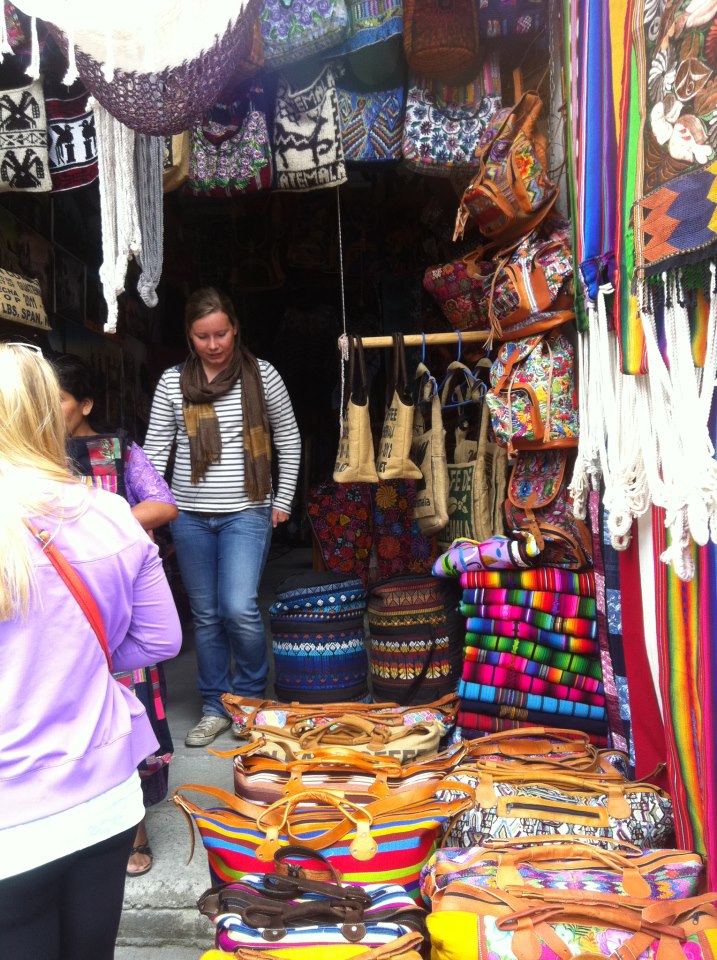
After our shopping excursion, we had lunch at a very cheap place that an extremely persistent waiter practically forced us into. One bite in, and I knew I’d be sick (even though I had ordered french fries because fried food is relatively safer). As food poisoning hits you right away, I felt the full effects shortly after lunch… Imodium and Motilium to the rescue!
In that sickly condition, I had to catch a boat to the island of San Juan on Lake Atitlan, so that was an interesting ride (I’ll save you the details but let me just say it was pretty bad).
https://www.instagram.com/p/BYqkKgGhSA0/?taken-by=travelrebel.be
Island paradise
When we arrived on the island, we visited a local art gallery run by a female artist as soon as I gained some strength. Given the role of women in this society, this gallery was pretty unique. From here, we went to the Woman Association, where they were spinning cotton and weaving. I enjoyed every second of it and ended up buying a typical piece of clothing as a keepsake. Priced at around 300 quetzals, it was rather expensive, but definitely worth it.
Afterwards, we met our host family and our interactions with them form some of my warmest memories. The sisters Milka and Maria, and their families, welcomed us with open arms. Maria’s children – Bila, Christian, Magali and Rebecca – ran to hug as soon as we entered. Rebecca was just two years old back then, Christian was five, Bila was eight and Magali six. My friend and I had bought a football as a small gift and we all played outside. Of course, these families are used to tourists and the children are keep getting gifts from travellers. Nevertheless, this homestay was one of my most vivid and best experiences in Guatemala.
https://www.instagram.com/p/BOCGmTShRn-/?taken-by=travelrebel.be
The family only spoke Spanish and a Mayan dialect but my travel partner was pretty fluent in Spanish. The kids were super energetic and took about 300 photos with my camera (of the television, the corner, a chair… all blurry and useless, but hey, who cares?). They also drew pictures in my travel diary and I still smile whenever I see these drawings.
For dinner, we had black beans, an omelette and baked bananas, and it was all delicious. There was even some sweet bread and tortilla. All four kids wanted to sit right next to us as they told us about their family, history and traditions during the meal. They showed us their artisanal clothing (just a collar takes over three months to make!), explained how all the colors have special meanings, and what the 24 squares under the collar symbolize. They also talked at length about the 22 different Mayan languages and shared personal anecdotes.
Needless to say, I will never forget the laughs we shared and the genuinely good time we had. There is nothing quite like mingling with the locals and learning about their world from them, the real authority on the subject. A fancy beach vacay at an overly touristy spot may be fun, but sustainable travel helps you grow in ways you cannot even imagine. You leave fundamentally altered, for the better.


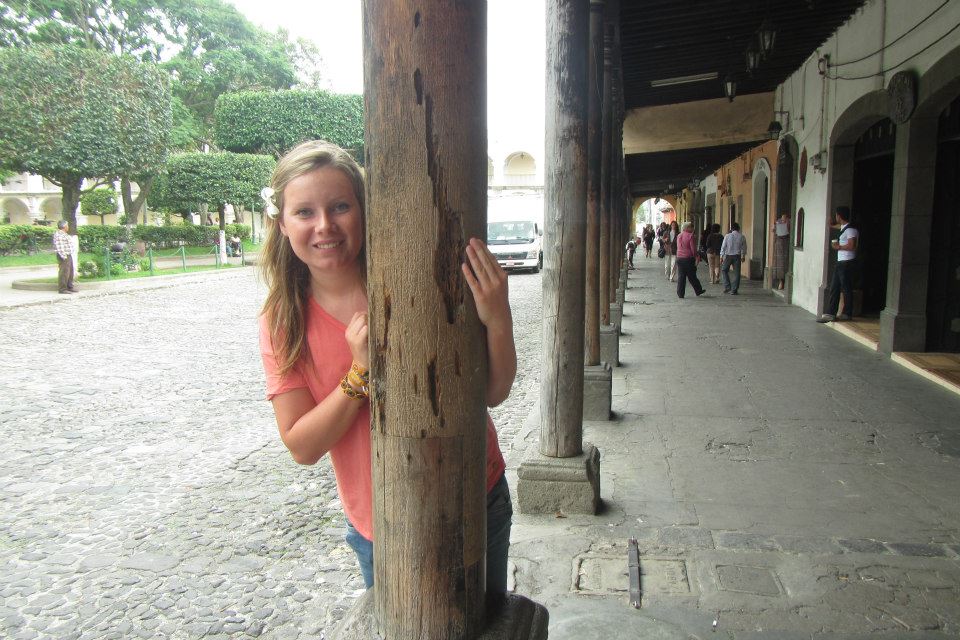
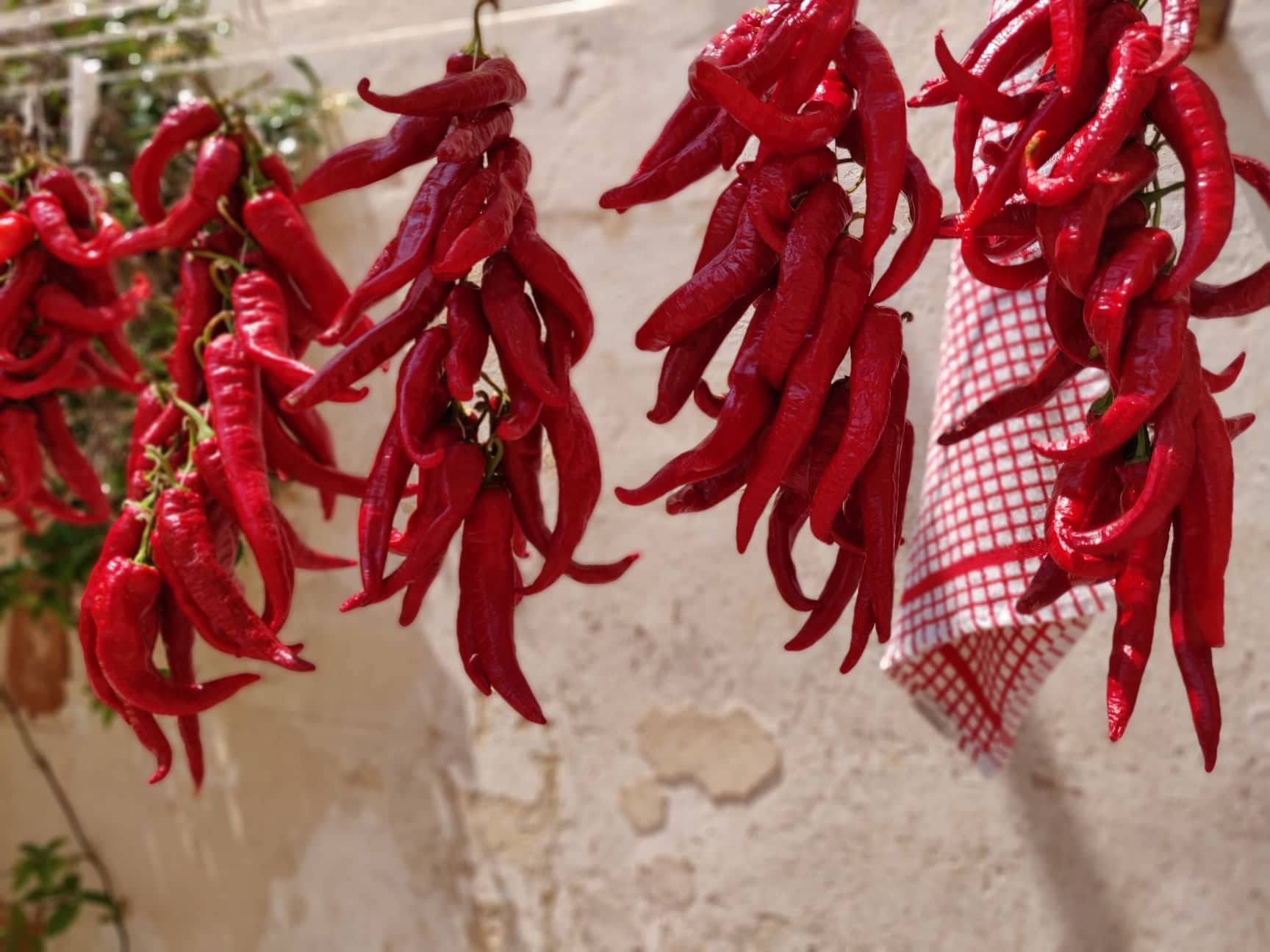
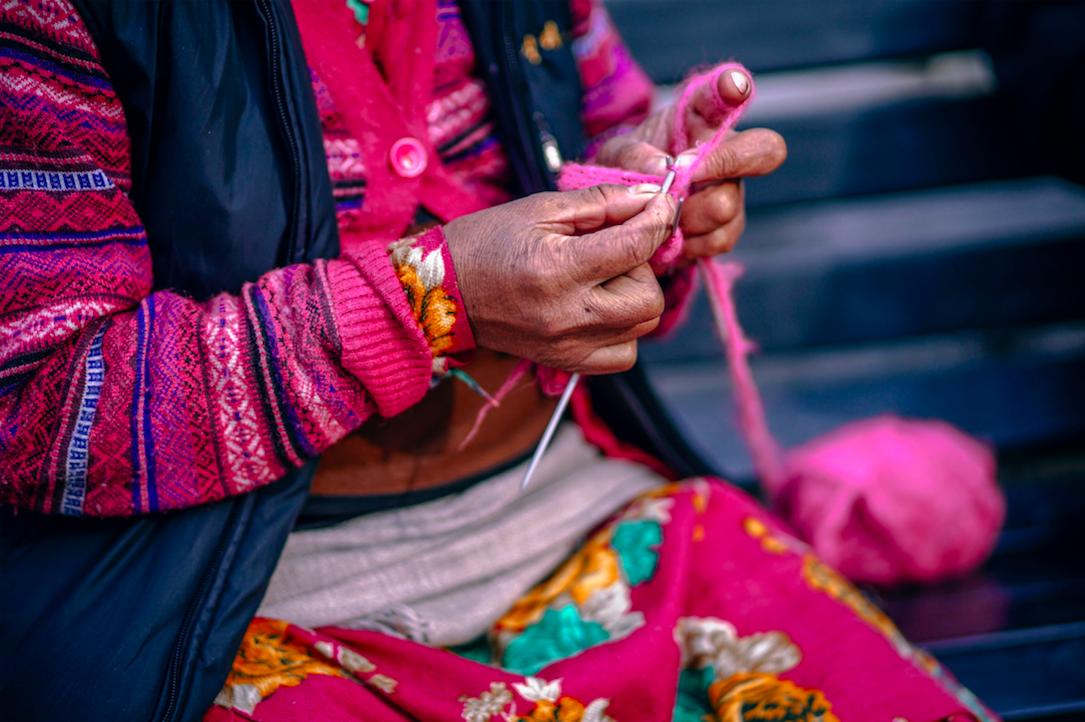

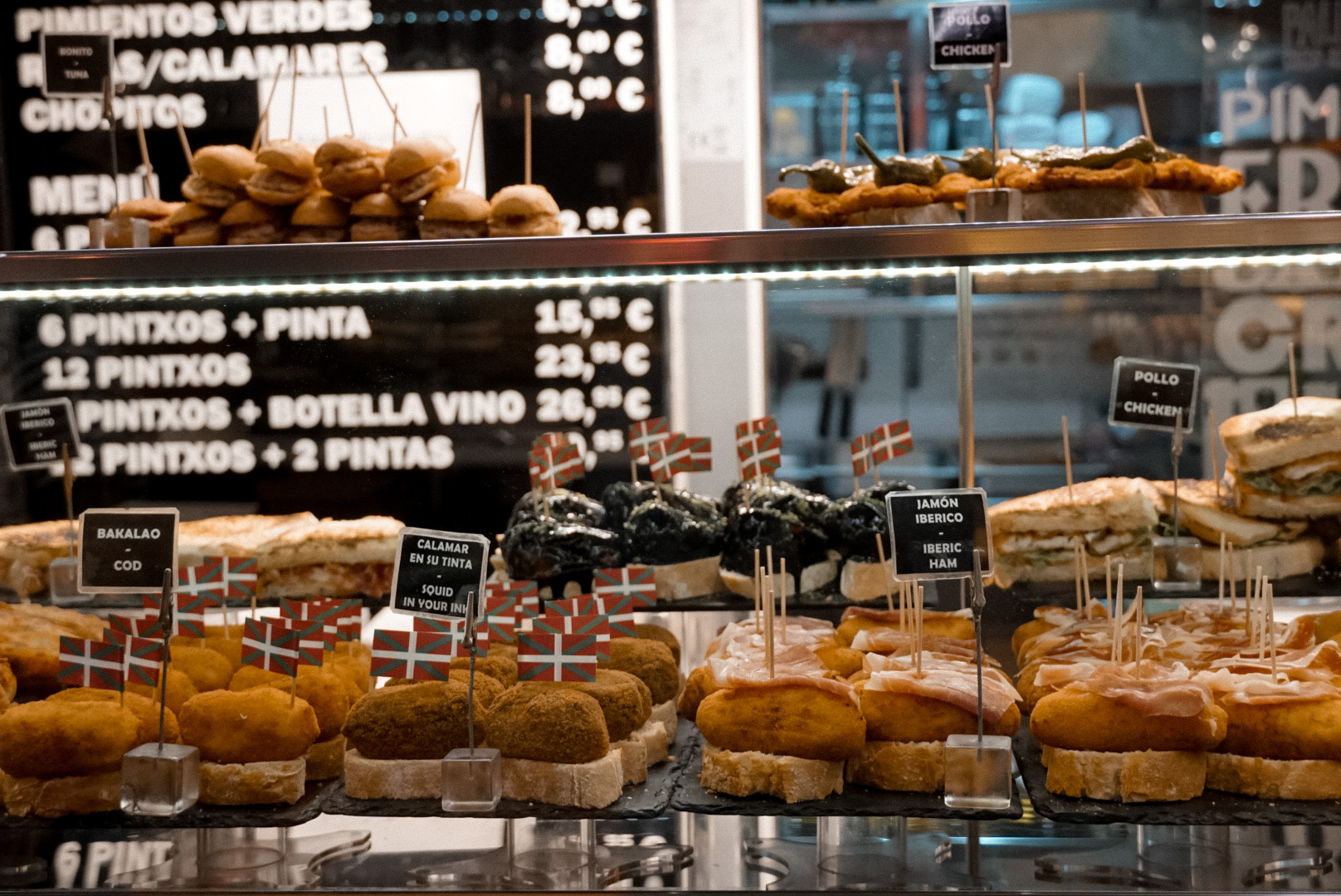
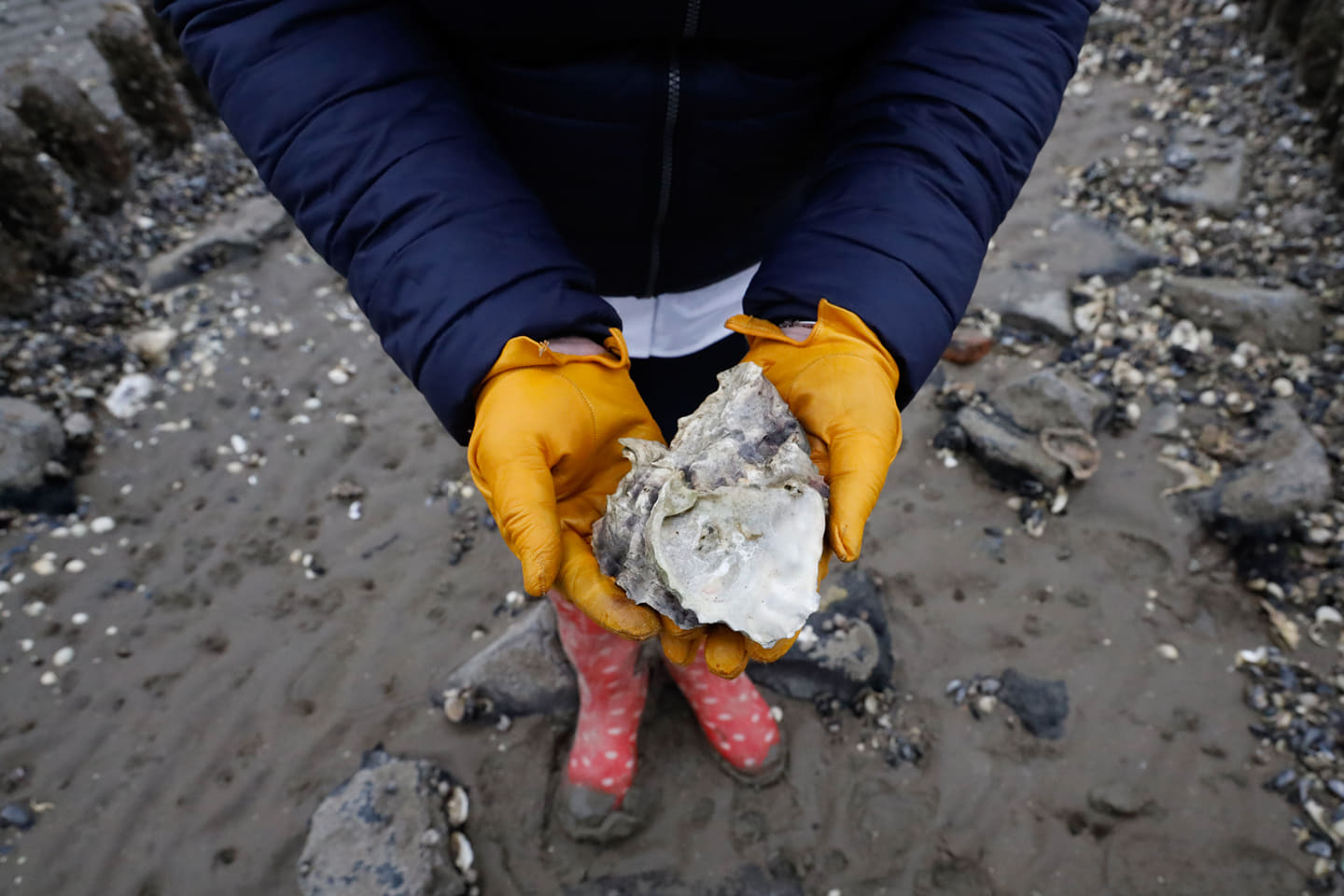
Pingback: 5 MUST-READ BOOKS FOR SUSTAINABLE TOURISM
Pingback: How to keep your health in check while traveling - Travelrebel
Pingback: Avontuurlijk reizen: check je reisapotheek & vaccinaties tijdig.
Pingback: SUSTAINABLE TRAVEL 101 - Travelrebel
Pingback: One Planet Rating interviewing Travel Rebel: Be a bit adventurous and you will be surprised - Travelrebel
David from travelscams.org
Thanks for sharing Charlotte, some beautiful pictures there and also an interesting perspective (sustainable travel). Glad that you enjoyed mingling with the locals too! For us, the most memorable parts would be exploring Lake Atitlan and the villages around!
Pingback: 5 REASONS WHY YOU SHOULD TRAVEL LIKE A LOCAL IN AFRICA - Travelrebel
GeoBeetles
Wow! This is a nice travel blog, learnt a lot about the place!!